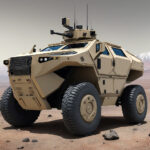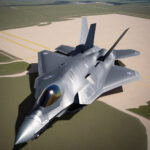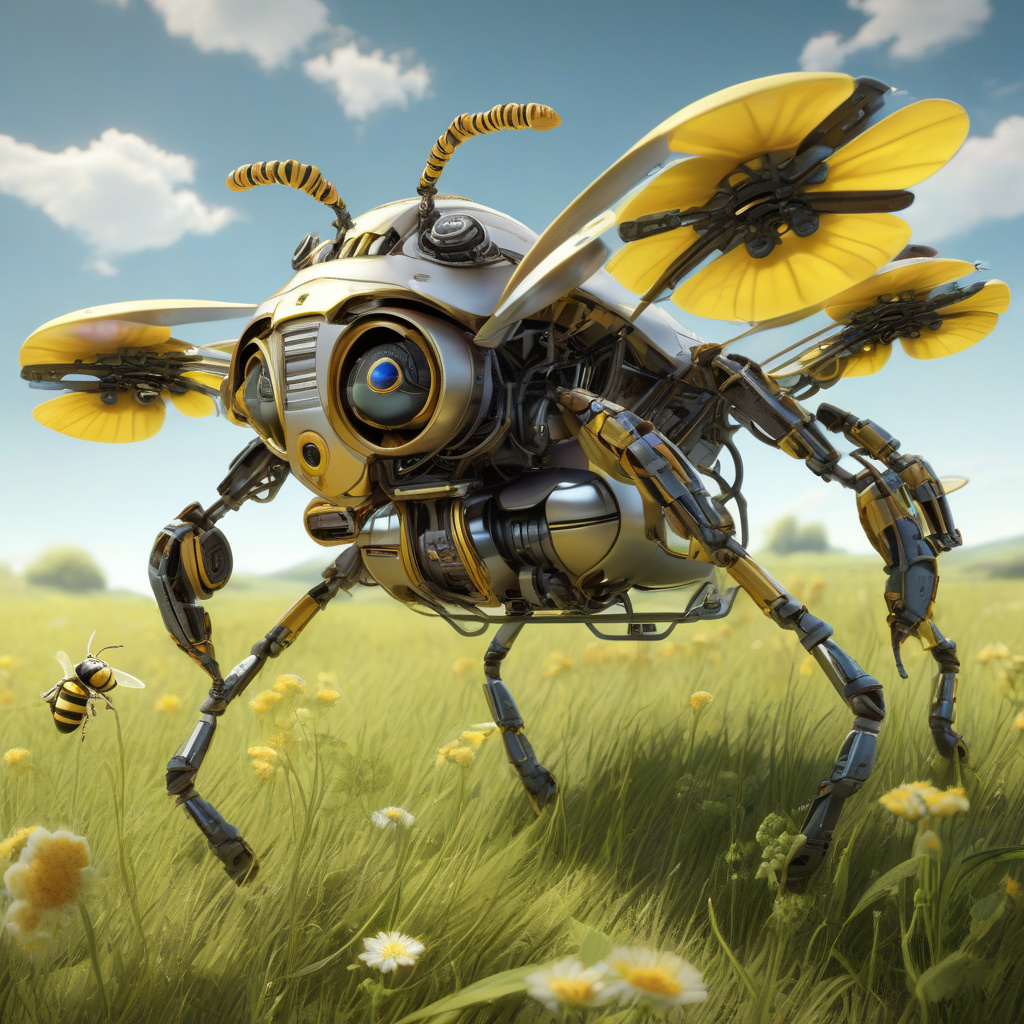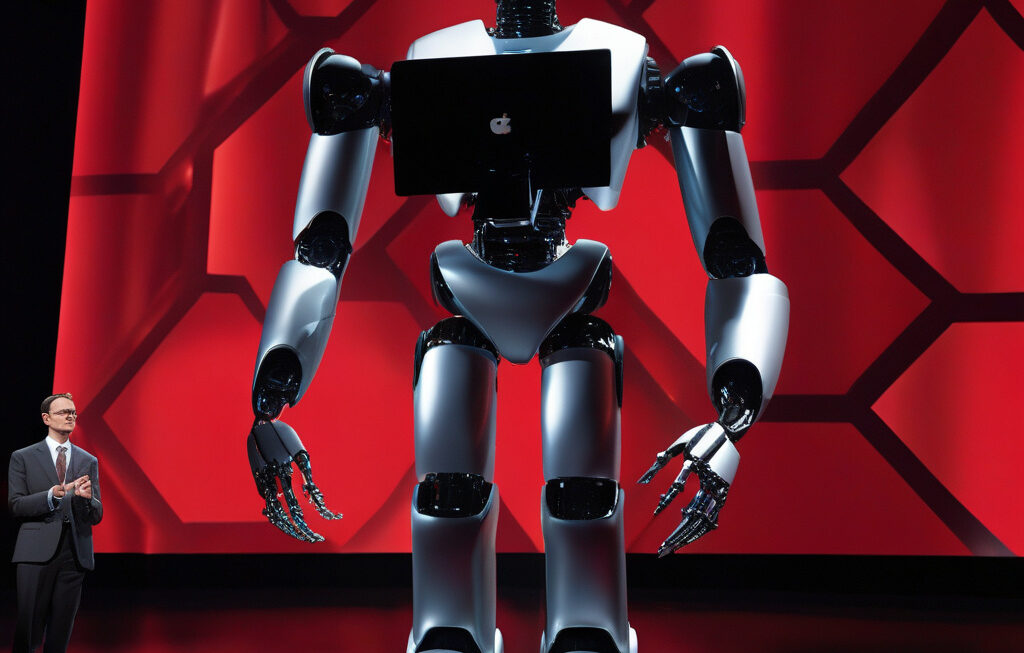RoboBee Outfitted with Reliable Landing Gear Enables Safe Touchdowns for Tiny Robots
Nature has perfected the art of landing. From delicate flies to buzzing bees, insects navigate the skies with unparalleled grace and precision. Inspired by these natural aviators, researchers have been tirelessly working on developing robotic counterparts that can mimic their aerial abilities. One such innovation that is making waves in the field of robotics is the RoboBee outfitted with reliable landing gear, enabling safe touchdowns for tiny robots.
The RoboBee, developed by a team of researchers from the Harvard John A. Paulson School of Engineering and Applied Sciences, is a miniature flying robot that weighs only 175 milligrams, approximately the size of a real bee. Despite its tiny stature, the RoboBee is equipped with advanced sensors and micro-scale actuators that allow it to fly and hover with impressive agility. However, one of the biggest challenges faced by the researchers was ensuring that the RoboBee could land safely without damaging itself.
To address this issue, the researchers focused on developing reliable landing gear that could absorb the impact of landing and protect the delicate components of the RoboBee. Drawing inspiration from the way insects use their legs to land softly on various surfaces, the team designed a set of spring-loaded, shock-absorbing landing gear for the RoboBee. These miniature legs are equipped with sensors that can detect the distance to the ground and adjust the stiffness of the springs accordingly to ensure a gentle touchdown.
The development of reliable landing gear for the RoboBee has significant implications for the field of robotics. In addition to enabling safe landings for tiny flying robots, this innovation opens up a world of possibilities for applications in areas such as search and rescue, environmental monitoring, and even pollination. Imagine swarms of RoboBees equipped with pollen-collecting devices, autonomously pollinating crops and ensuring food security in the face of declining bee populations.
Moreover, the success of the RoboBee project highlights the importance of bio-inspired design in robotics. By studying and emulating the complex behaviors of insects, researchers can create robots that are not only efficient and versatile but also environmentally friendly. The RoboBee, with its reliable landing gear inspired by nature, serves as a testament to the power of biomimicry in driving innovation and pushing the boundaries of what is possible in robotics.
As we look to the future, it is clear that the RoboBee outfitted with reliable landing gear is just the beginning. With rapid advancements in robotics and artificial intelligence, we can expect to see even more sophisticated and capable flying robots that can revolutionize industries and improve our lives in ways we have yet to imagine. The sky is no longer the limit – it is just the beginning for the incredible journey of innovation and discovery in the world of robotics.
RoboBee, Landing Gear, Robotics, Biomimicry, Artificial Intelligence












